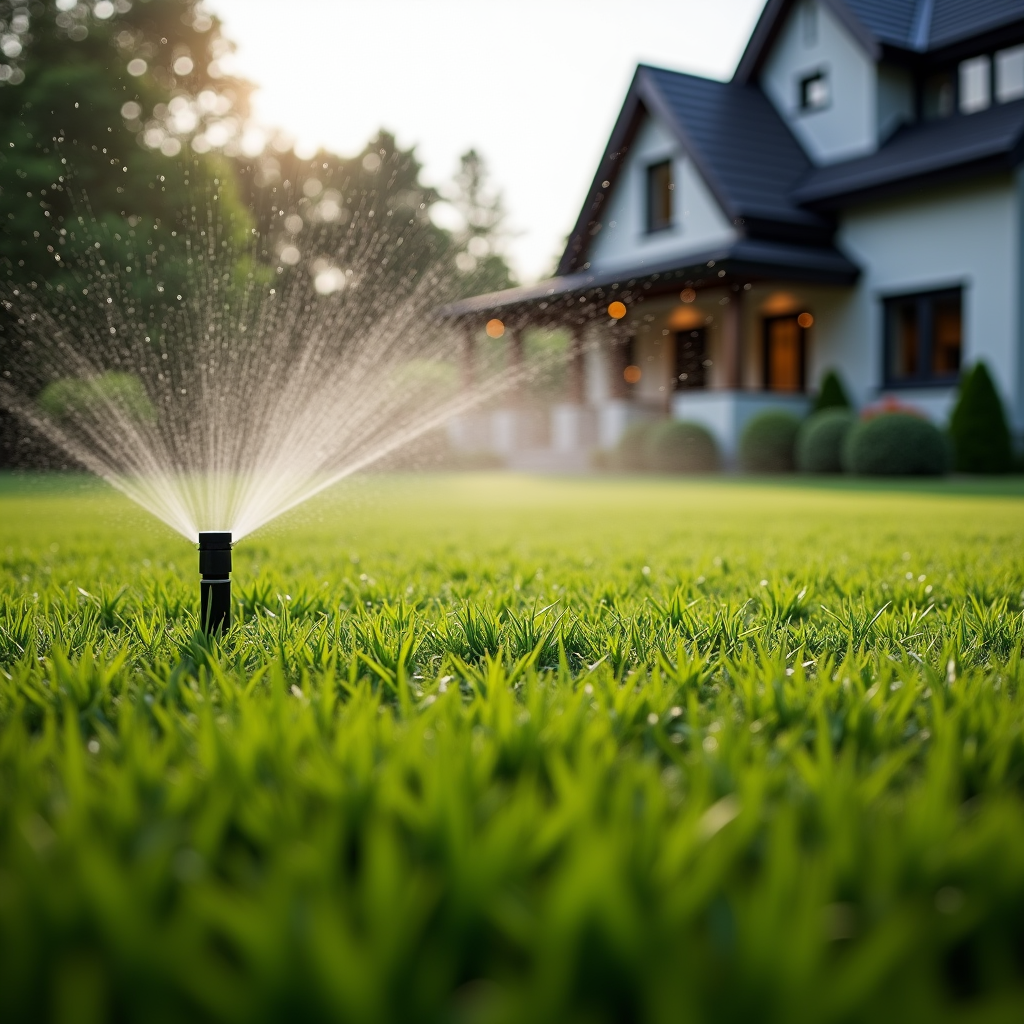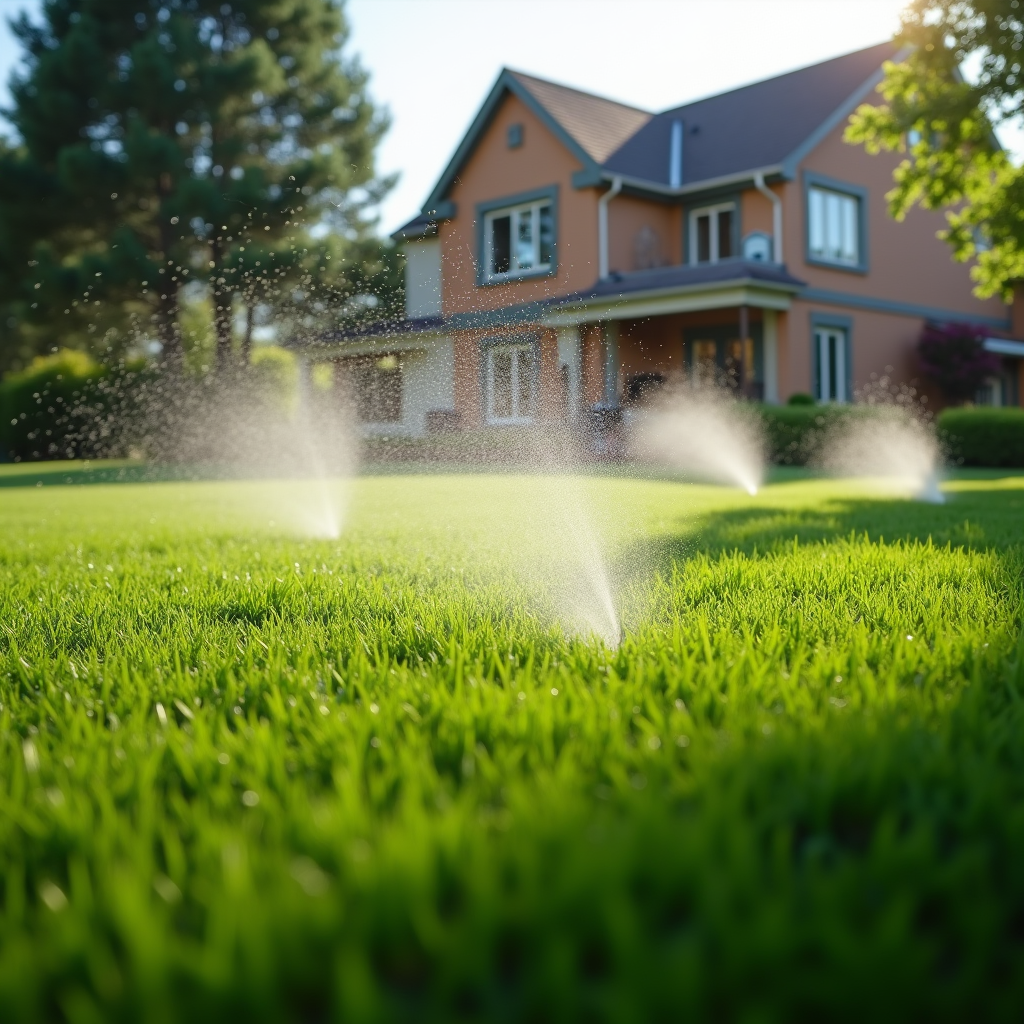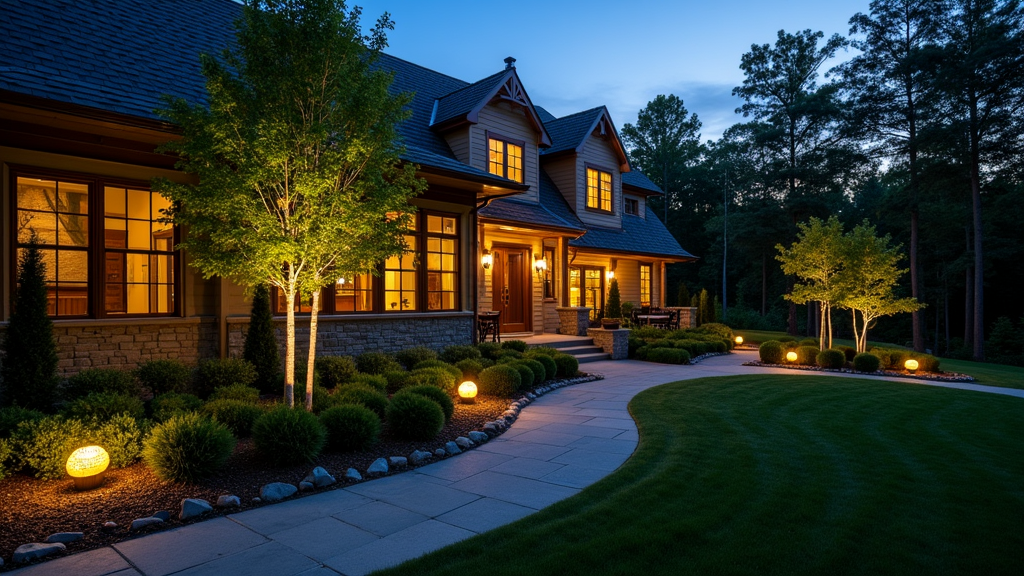Introduction
When it comes to creating a beautiful and functional outdoor space, garden design plays a pivotal role. Particularly in North Carolina, where the climate offers both challenges and opportunities for gardeners, understanding the art of focal points is essential. Focal points are elements within your landscape that grab attention and guide the viewer’s eye through the space. They can be simple or complex, natural or man-made, but their purpose remains the same: to create interest and structure in your garden.
In this comprehensive guide, we will explore The Art of Focal Points in North Carolina Garden Design. We’ll delve into what makes a great focal point, how to integrate them effectively into your landscape design, and much more. Whether you’re an amateur gardener or a seasoned landscape designer in North Carolina, this article aims to provide insights that will elevate your understanding and application of garden focal points.
Understanding Landscape Design
What is Landscape Design?
Landscape design is more than just arranging plants; it’s about creating a cohesive outdoor environment that reflects personal style while meeting ecological needs. This discipline combines art and science to achieve aesthetically pleasing designs that also account for environmental sustainability.
The Importance of Landscape Design in North Carolina
With diverse ecosystems ranging from coastal areas to mountainous terrains, landscape design in North Carolina requires special attention to local flora, climate conditions, and soil types. Understanding these factors can help designers implement successful strategies that enhance both beauty and functionality.
Key Principles of Landscape Design
Unity: Ensures all elements work together harmoniously. Balance: Creates visual stability; can be symmetrical or asymmetrical. Scale & Proportion: Relates elements within the landscape to one another. Focalization: Draws attention to specific areas or objects.The Art of Focal Points in North Carolina Garden Design
Defining Focal Points in Landscape Design
Focal points are critical components of any well-designed garden. They serve as anchor points that draw the eye and provide a sense of direction within the landscape.
Types of Focal Points
- Natural Elements: Trees, boulders, water features. Man-Made Structures: Sculptures, arbors, benches. Plants: Specimen plants or unique flower arrangements.
How Focal Points Enhance Your Garden's Aesthetic
Focal points add depth and dimension to your garden while providing visual interest. They can highlight particular aspects of nature or create dramatic contrasts with surrounding elements.
Choosing the Right Focal Point for Your North Carolina Garden
Consider Local Climate & Environment
https://backyardbliss5.gumroad.com/p/how-to-choose-the-right-landscape-designer-in-north-carolinaBefore selecting focal points for your garden in North Carolina, consider factors such as humidity levels, sunlight exposure, and soil type. All these elements influence plant growth and overall aesthetics.
Assessing Your Space
Is your garden large or small? Does it get ample sunlight? Answering these questions will help you determine which type of focal point would work best within your specific layout.

Matching Style with Purpose
Your choice should reflect not only personal taste but also functionality—will your focal point offer shade? Will it provide seating?
Incorporating Natural Elements as Focal Points
Trees as Centerpieces
Trees can serve as magnificent focal points due to their height and stature. In North Carolina gardens, varieties like Red Maple or Dogwood can stand out beautifully against other vegetation.
Boulders & Rock Formations
Using natural stones adds texture and contrast to green landscapes. Consider creating rock gardens where you can arrange larger boulders artistically alongside smaller pebbles.
Utilizing Water Features for Dynamic Interest
Ponds & Water Gardens
Water features introduce tranquility into any garden space while acting as stunning focal points. A pond filled with lily pads can become a serene centerpiece that draws visitors’ eyes immediately upon entry.
Waterfalls & Streams
Adding movement through waterfalls can create soundscapes that enhance sensory experience—perfect for those looking to immerse themselves in nature's beauty.
Creating Man-Made Focal Points
Sculptures & Art Installations
Artistic sculptures not only serve as conversation starters but also elevate the sophistication level of any garden design project. Look for pieces made from durable materials that complement existing landscaping features.

Arbors & Pergolas
These structures provide vertical interest while offering shade—ideal for creating cozy sitting areas adorned with climbing plants like wisteria or jasmine.
Plant Selection for Effective Focal Points
Specimen Plants That Stand Out
Choosing specimen plants like Japanese Maples or colorful flowering shrubs creates immediate visual appeal—these selections act as living art pieces amid lush greenery.
Seasonal Variation Through Plant Choices
Incorporate plants that bloom at different times throughout the year so each season brings fresh focal points into view—think azaleas in spring followed by vibrant fall foliage from oak trees!
Arranging Focal Points Within Your Landscape
Designing Pathways That Lead To Focal Points
Creating pathways ensures visitors naturally navigate towards key attractions within your yard! Use materials like gravel or pavers creatively arranged around focal areas.
Layering Plants Around Focal Points
Layered planting techniques soften edges around hardscapes while drawing attention toward chosen features—it’s all about balance!
Lighting Your Focal Points at Night
Highlighting Key Features After Dark
Strategic lighting enhances nighttime views allowing gardens to shine even when day turns into night! Use uplights near trees combined with string lights draped across arbors.
Creating Mood Through Light Color Temperature
Warm light creates an inviting atmosphere perfect for entertaining guests outdoors after sunset!
Maintaining Your Focal Point Gardens Over Time
Regular Pruning & Care Tips
Healthy upkeep means maintaining shapes around planted specimens ensuring they don’t overgrow into unwanted spaces!
Seasonal Maintenance Checklists
Create seasonal checklists tailored specifically towards each type (e.g., pruning during dormant phases) helps keep gardens thriving year-round!
Common Mistakes When Designing With Focal Points
Ignoring Scale: Be mindful not just about size but proportion regarding surrounding elements! Overcrowding Choices: Less is often more—don’t overwhelm viewers' senses! Neglecting Seasonal Changes: Ensure selections remain visually appealing throughout various seasons!FAQs About The Art of Focal Points in North Carolina Garden Design
What are some popular materials used for man-made focal points?- Common materials include stone, metal (like bronze), wood (cedar), glass art pieces depending on stylistic preferences.
- It depends on personal preference! Consider blending both types together harmoniously for layered interest!
- Absolutely! Just ensure they lead viewers' eyes seamlessly throughout space without competing too much against one another!
- Extremely important! Properly lit areas showcase beauty after hours enhancing outdoor enjoyment even post-sunset!
- Avoid overcrowding selections leading them competing visually; instead opt towards strategic placements ensuring balanced aesthetics!
- If budget allows hiring experts ensures optimal results based on years’ worth experiences managing complex terrains effectively!
Conclusion
The art of focal points is indispensable when it comes to crafting beautiful landscapes in North Carolina gardens! By thoughtfully integrating various elements—from natural beauties like trees and water features to striking sculptures—you’ll create spaces brimming with character liveliness attracting anyone who visits!

So go ahead—embrace creativity dive headfirst exploring different styles techniques cultivating stunning outdoor havens where everyone will undoubtedly feel welcomed inspired amazed every time they step outside!